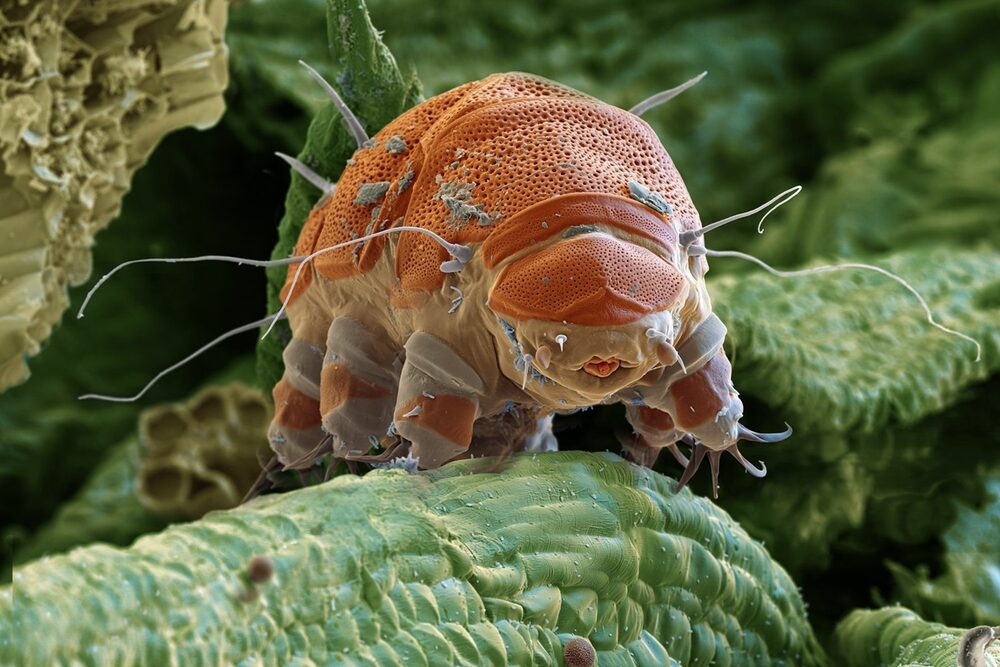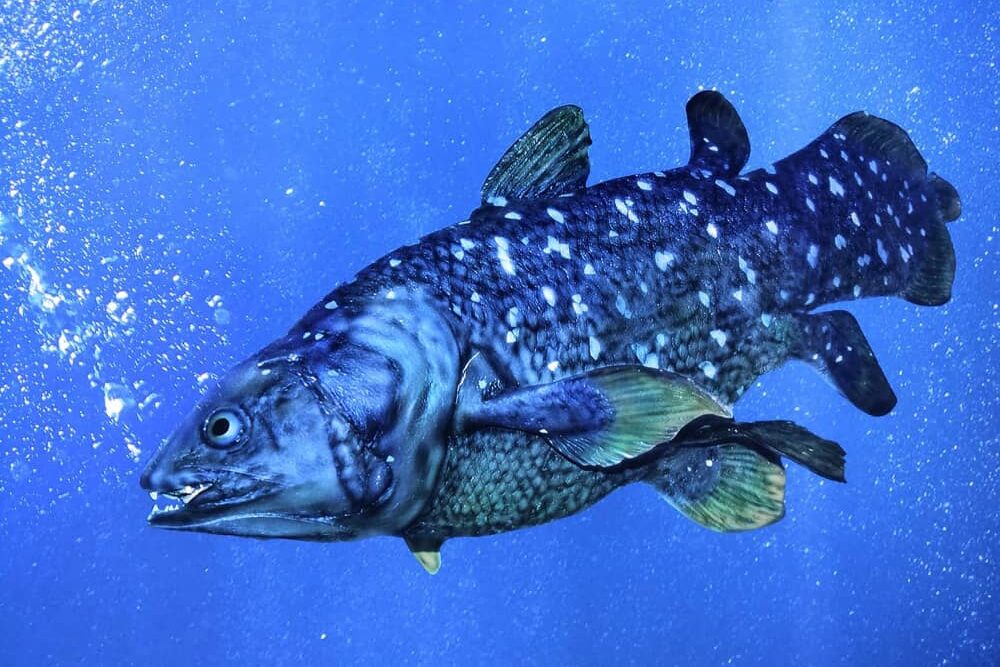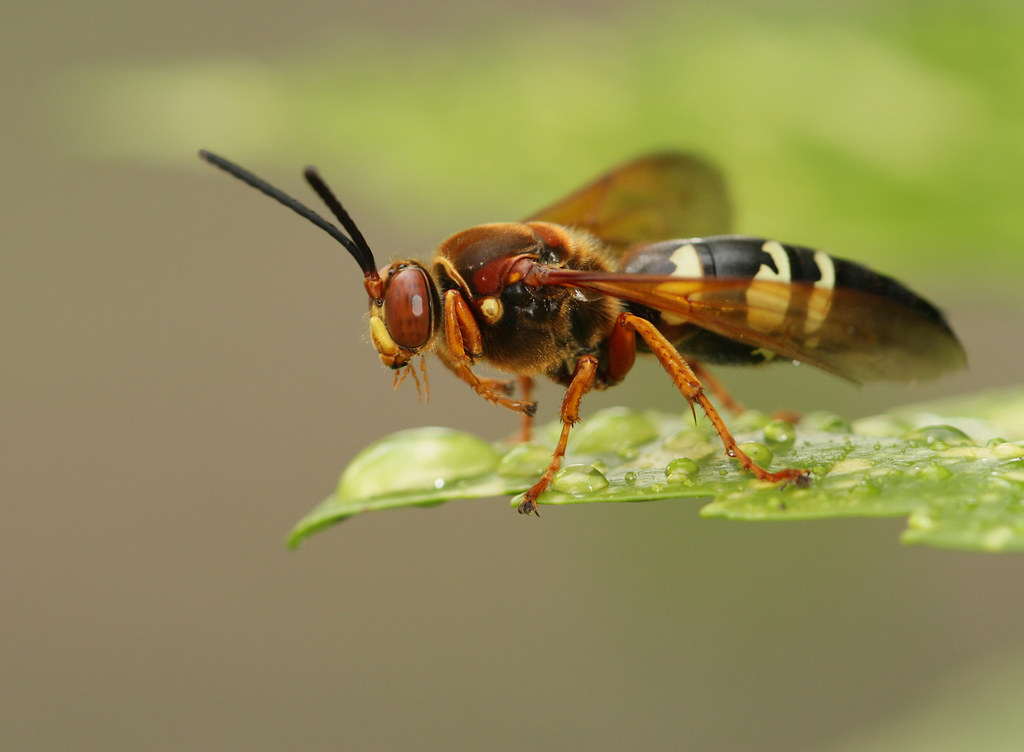1. The Arctic Woolly Bear Caterpillar – The World’s Sleepiest Ice King

Imagine falling asleep for most of your life, only to wake up briefly, eat a little, and then crawl back into your frozen slumber. The Arctic woolly bear caterpillar has turned this into an art form. This tiny, fuzzy creature lives in the extreme cold and spends up to 14 years in a near-frozen state, waiting for the perfect moment to become a moth. Each year, it wakes up for a few weeks, munches on some plants, and then lets itself freeze solid again—like a tiny, self-refrigerating time traveler. Scientists have found that its body can survive being nearly 80% frozen, with its organs completely shutting down.
But when the summer warmth finally lasts long enough, it pulls off the greatest comeback story in the insect world. The caterpillar thaws, transforms into a moth, and in just a few short days, it mates and lays eggs before dying. Imagine training for 14 years just to live for a few days—that’s dedication. If humans lived like this, we’d sleep through every presidential election and wake up only to sprint through adulthood before disappearing again. But if you thought that was extreme, wait until you meet the creature that outdoes even this icy napper.
2. The Water Bear – The Unkillable Survivalist That Can Pause Time

Meet the tardigrade, also known as the water bear. If nature had a “pause” button, this microscopic animal has mastered it. When faced with extreme conditions—boiling heat, freezing cold, radiation, or even outer space—it simply shuts down all life functions and enters a state called cryptobiosis. In this mode, it can lose almost all its water, shrivel up into a little husk, and wait for decades, even centuries, until conditions improve. It’s like a sci-fi movie where someone gets cryogenically frozen, except this isn’t fiction—it’s happening all the time, in water droplets, soil, and even on your rooftop.
When conditions finally turn favorable, the water bear reanimates like nothing ever happened. Incredibly, some tardigrades have been revived after 30 years of dormancy, rehydrating and walking away as if they just woke up from a nap. If humans had this ability, we could skip through history like chapters in a book—hibernate through boring eras, dodge disasters, and wake up only when things got interesting. But before you start envying the tardigrade, let’s talk about a creature that vanishes from the world for over a century before making its grand return.
3. The Loneliest Seed – A Date Palm That Slept for 2,000 Years

Imagine planting a seed and waiting two millennia for it to sprout. That’s exactly what happened with a date palm seed found in the ruins of Masada, an ancient fortress in Israel. This particular seed had been buried since the time of the Roman Empire—roughly 70 AD—before scientists planted it in 2005. Against all odds, it germinated, making it the oldest known seed to successfully grow into a plant. That’s like discovering a perfectly preserved loaf of bread from ancient Egypt and finding out it’s still edible.
The tree, now called Methuselah, is a living relic from a time when gladiators fought in arenas and the Great Wall of China was still under construction. Scientists have studied it to understand how seeds can remain viable for such ridiculous amounts of time. If you’ve ever killed a houseplant by forgetting to water it for two weeks, this story should make you feel personally attacked. But if you think 2,000 years is long, wait until you hear about an animal that has mastered the art of the ultimate disappearing act.
4. The Zombie Bacteria – The Undead Microbes That Wait for Millions of Years

Deep beneath the ocean floor, inside ancient Antarctic ice, and buried in prehistoric caves, there are bacteria that have been asleep for millions of years—and they can still wake up. Scientists have extracted bacteria from samples that are 250 million years old, dating back to the age of dinosaurs, and successfully revived them. That means these microbes have been in a frozen, undead state since before humans, before mammals, and even before the continents looked anything like they do today.
This discovery raises mind-boggling questions. Could there be bacteria lurking in Martian ice, just waiting to be woken up? Could life itself be more resilient than we ever imagined? If bacteria can hibernate for millions of years, what else might be lying dormant, waiting for the right moment to return? But before you spiral into an existential crisis, let’s move on to an animal that vanishes from sight for decades—only to reappear like a ghost from the past.
5. The Coelacanth – The Fish That Ghosted Earth for 66 Million Years

Picture a fish so rare that scientists thought it had gone extinct 66 million years ago, right alongside the dinosaurs. Then, one day in 1938, a living specimen was casually fished up off the coast of South Africa, leaving scientists in shock. The coelacanth, a deep-sea fish with lobed fins and an eerie, prehistoric look, had somehow survived undetected for eons. It was the biological equivalent of discovering a living T-rex hiding in a cave.
What’s even wilder? This fish doesn’t just disappear on a grand timescale—it also hides in the deep sea, living at depths of up to 700 meters where almost no light reaches. It moves slowly, avoiding detection like an ancient ninja, and can live for over 100 years. Every time one is spotted, it’s a reminder that nature is full of secrets waiting to be uncovered. But if you think the coelacanth is the ultimate master of disappearing acts, wait until you hear about the insect that rewrites the rules of life every single time it returns.
6. The 17-Year Cicada – The Underground Orchestra That Returns on Schedule

You’ve probably heard of cicadas, those loud, buzzing insects that emerge in massive swarms. But what makes them truly bizarre is their 17-year disappearance act. These insects spend nearly two decades underground as nymphs, feeding on tree roots and waiting for the perfect moment to reemerge. Then, in an explosion of synchronized timing, they burst from the soil by the billions, transforming into winged adults and filling the air with their deafening calls.
Why do they do this? It’s a survival trick. By appearing all at once, they overwhelm predators with sheer numbers, ensuring that enough survive to reproduce. Imagine hiding away for almost two decades, only to come out, party for a few weeks, and then vanish again. It’s like the insect version of a music festival that happens once every generation. But while cicadas may be famous for their vanishing act, they are far from the only creatures that know how to disappear and return like legends.


